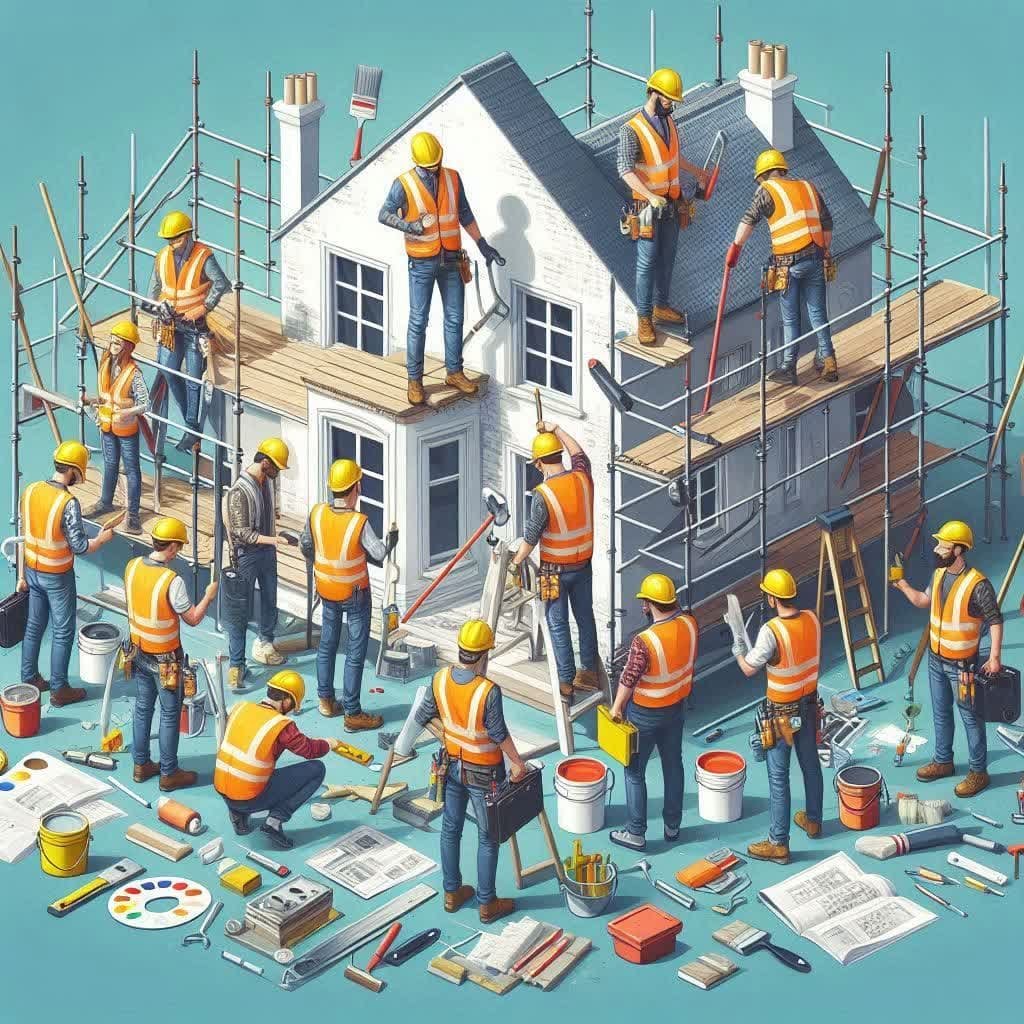Introduction
The renovation of commercial buildings in major Canadian cities such as Toronto, Vancouver, and Montreal has emerged as a significant economic strategy in recent years. This trend not only revitalizes urban spaces but also stimulates the local economy. This article provides an in-depth economic analysis of the effects and implications of commercial building renovations.
1. Economic Drivers of Renovation

One of the primary drivers of commercial building renovations is the increasing demand for modern, energy-efficient spaces. Businesses are seeking properties that align with contemporary architectural trends and sustainability goals. Renovated buildings can attract higher-quality tenants, thereby increasing rental income for property owners. Additionally, the rising property values after renovations highlight the potential return on investment, making it an attractive option for investors.
Renovation or Reconstruction: Which is Superior for Canadian Commercial Structures?
2. Job Creation and Economic Boost

Renovation projects often require a substantial workforce, contributing to job creation in the construction and related industries. These projects not only provide employment opportunities but also foster economic activity in local communities. Increased employment levels can have a cascading effect on the economy, boosting local businesses such as suppliers, restaurants, and other services.
3. Increased Tax Revenues

Renovated commercial properties typically lead to higher property values, which in turn generate increased tax revenues for municipalities. This additional revenue can be reinvested into community projects, infrastructure improvements, and public services, enhancing the overall quality of life in the area. Cities benefit from this financial influx, allowing them to improve local amenities and attract further investment.
4. Challenges of Commercial Renovations
Despite their economic benefits, commercial building renovations come with challenges. High renovation costs can deter potential investors, especially if the projected returns are uncertain. Moreover, market fluctuations can impact the demand for commercial spaces, creating risks for property owners who invest heavily in renovations. Legal and regulatory hurdles also present challenges, often complicating the process and extending timelines.
Services for Commercial and Retail Construction
5. Successful Case Studies

Cities like Toronto and Vancouver showcase successful examples of commercial building renovations that have revitalized neighborhoods. Projects that blend historic preservation with modern design not only enhance aesthetic appeal but also draw in visitors and businesses. These renovations often incorporate green building practices, aligning with the increasing demand for sustainability in urban development, further attracting eco-conscious tenants.
Services for Building Renovation
6. The Future of Commercial Renovations
As cities continue to evolve, the demand for updated commercial spaces is expected to rise. Investors and developers must remain agile, adapting to trends such as remote work, e-commerce, and sustainability. Integrating smart technology and environmentally friendly practices in renovations will likely appeal to modern businesses and consumers, ensuring the long-term viability of these properties.
Construction Services for Industrial and Manufacturing Sectors
Conclusion
The economic analysis of commercial building renovations in major Canadian cities reveals a multifaceted opportunity for growth and development. While there are inherent challenges, the benefits—such as job creation, increased tax revenues, and enhanced property values—underscore the importance of embracing renovation as a strategic economic driver. As urban landscapes continue to change, embracing innovative and sustainable renovation practices will be key to thriving in this competitive market. Investing in commercial building renovations not only revitalizes neighborhoods but also contributes to a robust and resilient economy in Canada’s major cities.


